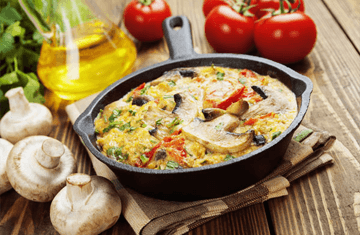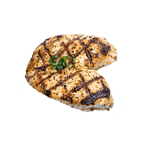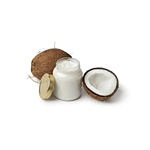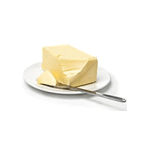vegetables
Green vegetables: 2 cups per day, including: arugula, cabbage, all the other varieties of cabbage, chard, chives, chicory, greens, kale, lettuce (all varieties of lettuce), parsley, spinach, radishes, shallots and watercress. You can eat vegetable leafs without any hesitation.
Vegetables: 1 cup (a measure of raw vegetables) a day, including: artichokes, asparagus, broccoli, Brussels sprouts, cauliflower, celery, cucumber, eggplant, beans, bean family plants, leeks, mushrooms, okra, onions, peppers, pumpkin, green onions, sugar snap peas, sprouts (bean and alfalfa), squash, tomatoes, rhubarb, green beans, zucchini.
eggplant

beet leaves

broccoli

zucchini

endive
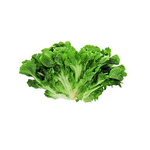
mung beans

kale

cabbage

cauliflower
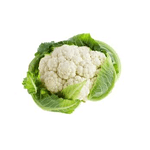
cabbage
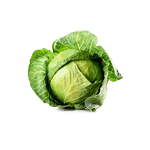
Chinese cabbage

celery cabbage

sauerkraut

mustard greens

kale

artichokes

sprouts

jicama

fennel

tomatillo

beet leaves

cucumber

okra

water chestnuts

peppers

mushrooms

rhubarb

tomato

watercress

turnip

Japanese radish

lettuce (all kinds)
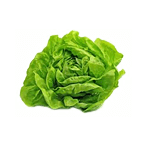
celery

chives
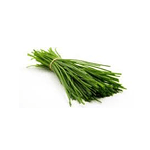
asparagus

spinach






